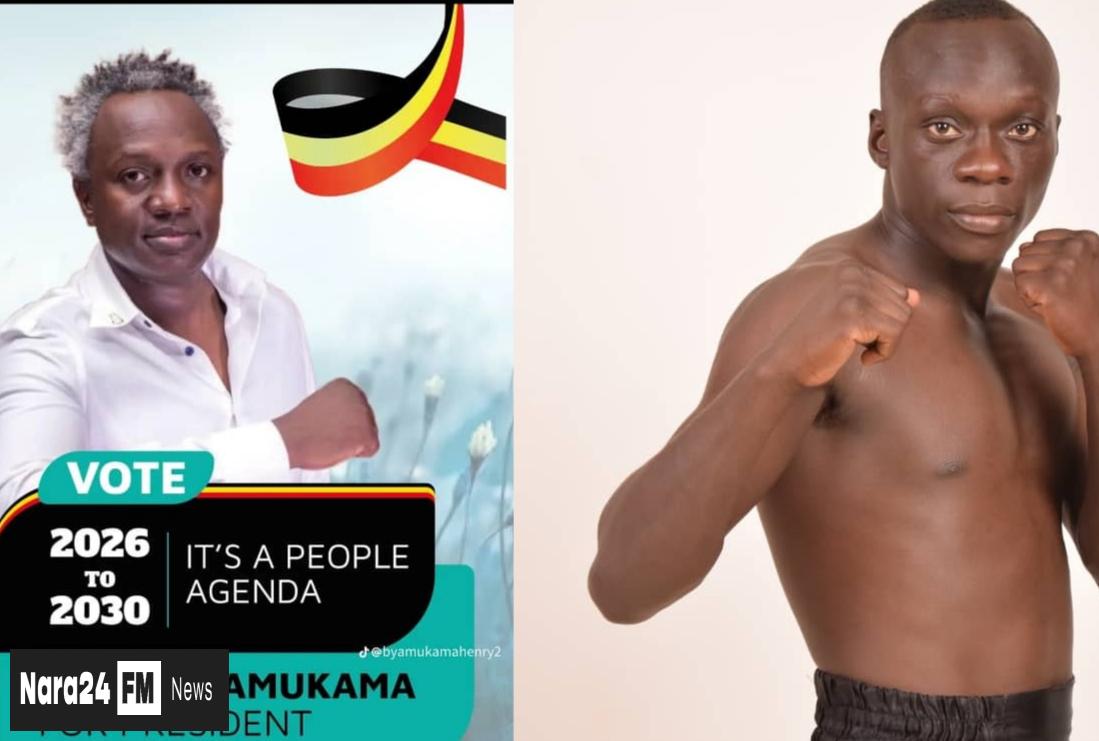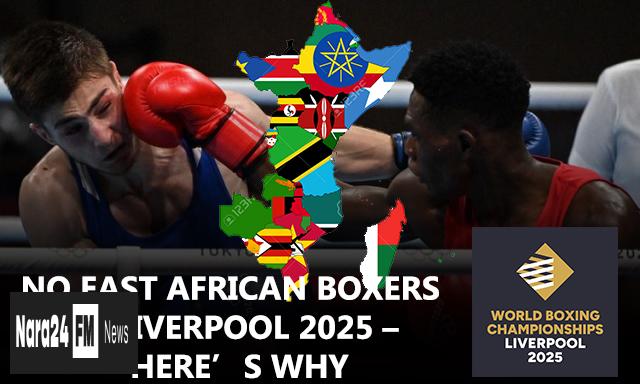Early Suppression Tactics Emerge
Kenyan authorities transferred blogger Albert Ojwang 350 kilometers from Migori to Nairobi's Central Police Station last Friday over a social media post. By Saturday, police reported his alleged suicide through head trauma. Medical examiners concluded otherwise: Ojwang died from severe beating. His killing represents more than isolated police brutality—it signals a strategic preemptive strike against potential dissent as Kenya approaches its annual protest season tied to contentious finance legislation.
Systematic Silencing of Civic Tools
Concurrently, authorities detained Rose Njeri, creator of a digital platform facilitating public input on the 2025 Finance Bill. This arrest highlights the government's contradiction: demanding civic participation while criminalizing effective mechanisms enabling it. These incidents form part of escalating suppression targeting Kenya's youth, whose leaderless 2024 demonstrations forced President William Ruto to scrap tax proposals and dismiss his cabinet.
"These arrests signal ruling elites remain haunted by last year's decentralized Gen Z uprising that bypassed traditional opposition channels," noted regional analyst Fiona Adhiambo.
Regional Authoritarian Coordination
This repression extends beyond Kenya. Tanzanian authorities recently arrested and allegedly tortured Kenyan activist Boniface Mwangi and Ugandan journalist Agather Atuhaire during opposition proceedings. Such incidents reveal growing coordination among East African governments facing similar challenges: economic crises, weakened democracies, and fragmented oppositions. Their shared strategy targets youth mobilization before it coalesces, exploiting diminished international accountability.
CountryTacticTarget
Kenya | Extrajudicial killings | Online activists
Tanzania | Transnational arrests | Foreign activists
Uganda | Digital surveillance | Organizers
Geopolitical Shifts Enable Repression
Western democracies' reduced emphasis on human rights has created new space for authoritarian tactics. Where international pressure once constrained violence, shifting priorities toward migration control and counterterrorism partnerships now incentivize overlooking repression. Funding for civil society has dwindled while rhetorical condemnation carries diminished weight amid Western governments' own democratic backsliding and human rights controversies.
Protest Evolution and Resistance
Last year's Kenyan demonstrations marked a generational shift in activism—tech-enabled, cross-ethnic, and focused on economic justice rather than ethnic patronage. By exposing state violence through real-time documentation, protesters undermined official narratives blaming "foreign agitators." This authenticity now faces sophisticated state countermeasures, necessitating evolved resistance strategies.
Pathways for Regional Solidarity
As governments collaborate across borders, activists must similarly regionalize efforts. Effective responses could include:
- Cross-border legal defense networks
- Standardized documentation of state violence
- Secure communication infrastructure
- Coordinated mobilization timelines
Ojwang's death and Njeri's detention represent opening moves in a broader confrontation. Without robust regional solidarity and strategic adaptation, East Africa risks descending into an era where preemptive repression becomes normalized governance. The coming months will reveal whether youth movements can transform their energy into sustainable resistance against increasingly coordinated authoritarian regimes.
This analysis reflects the author's perspective and not necessarily institutional editorial policy.








Comments (0)
Leave a Comment
Be the first to comment on this article!